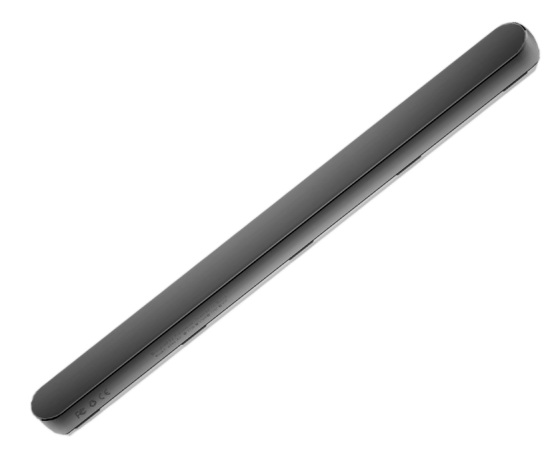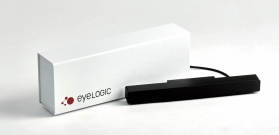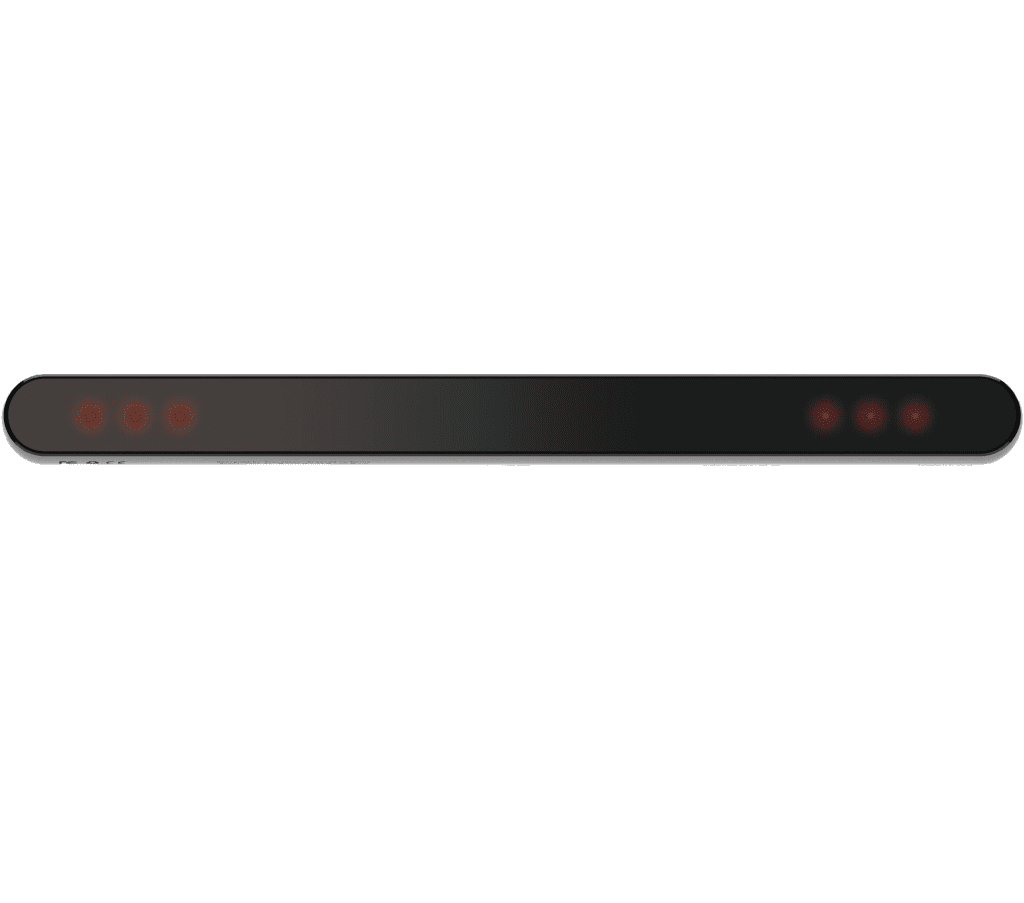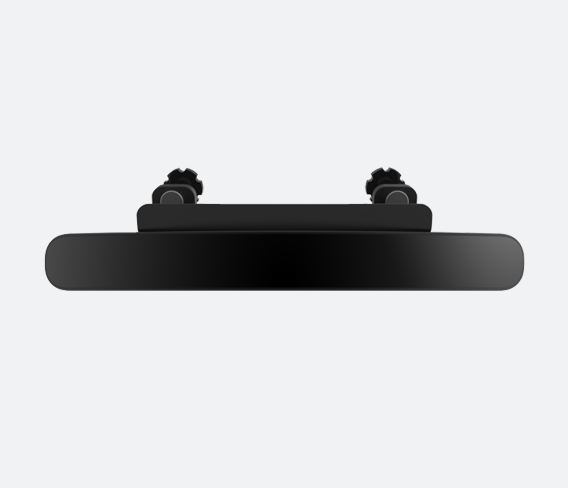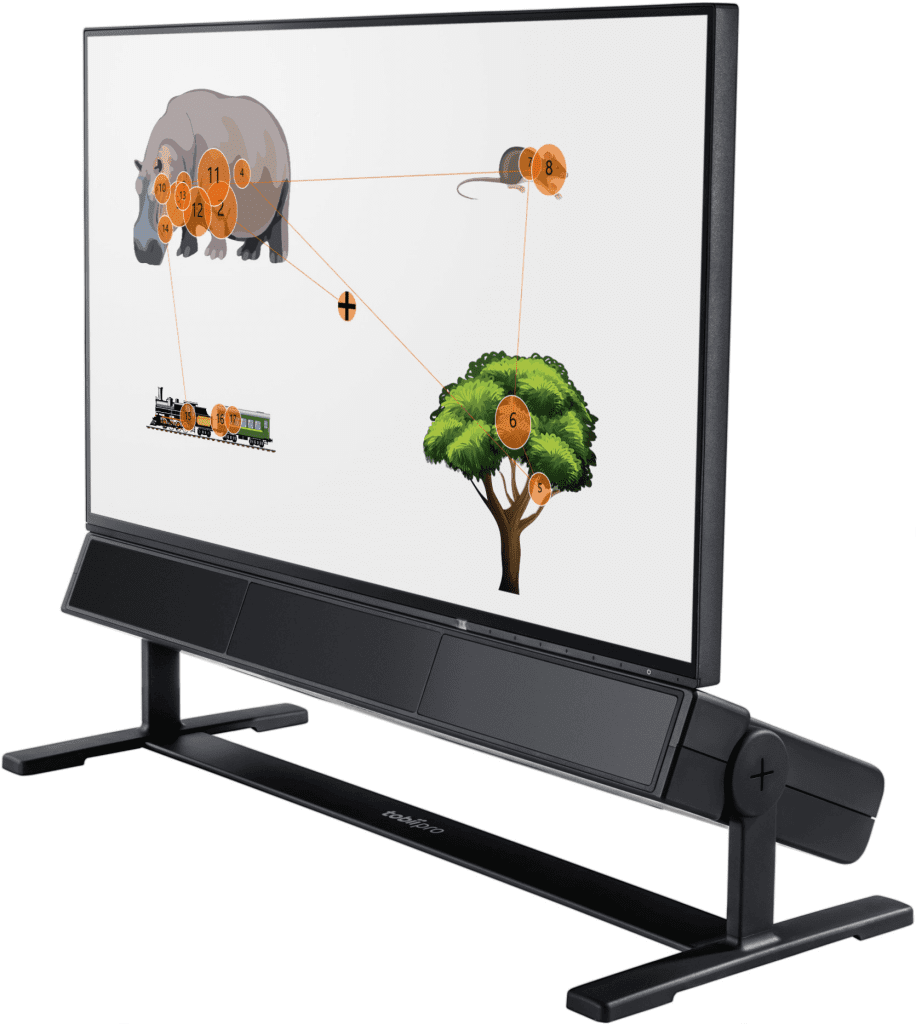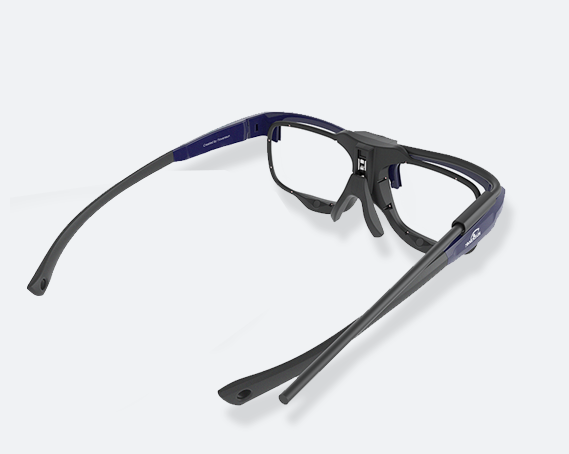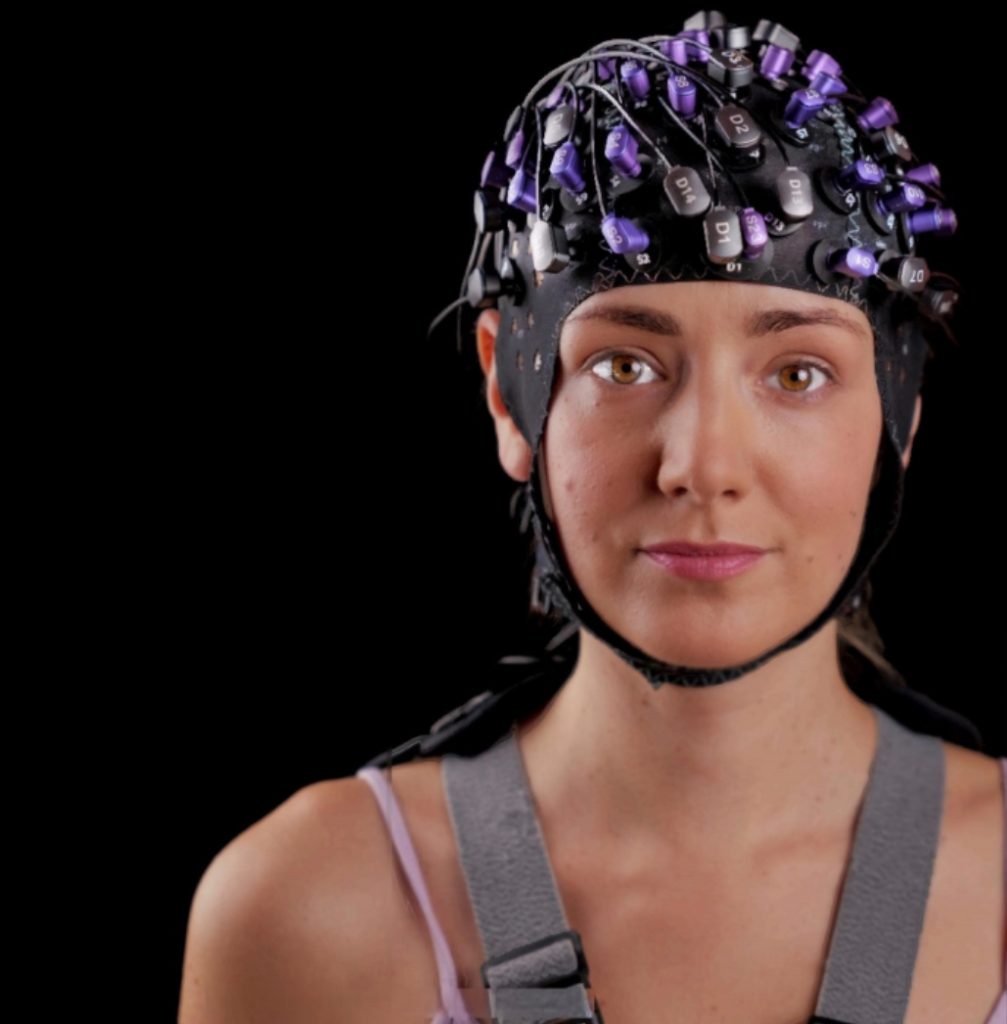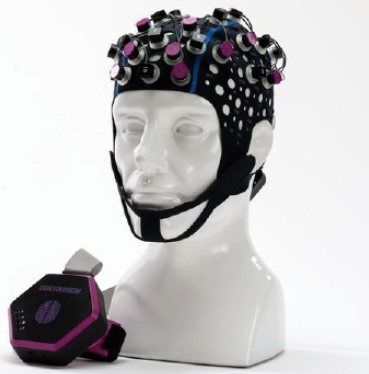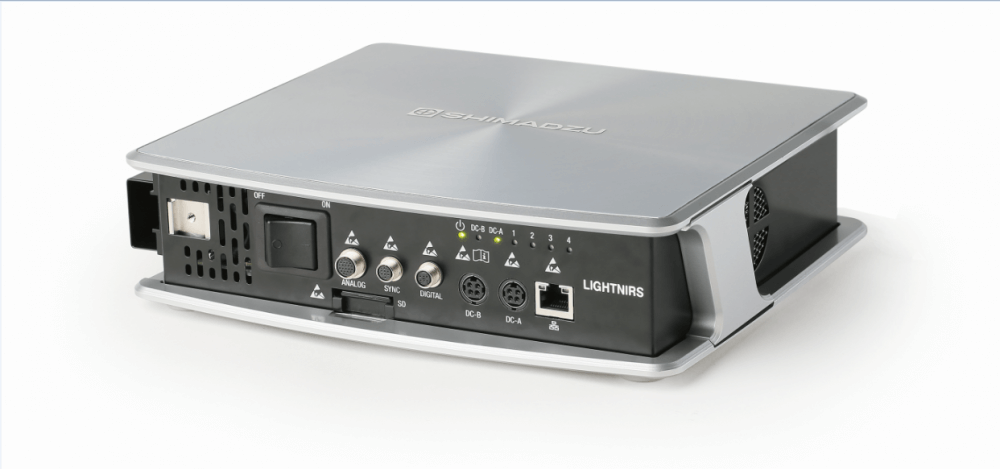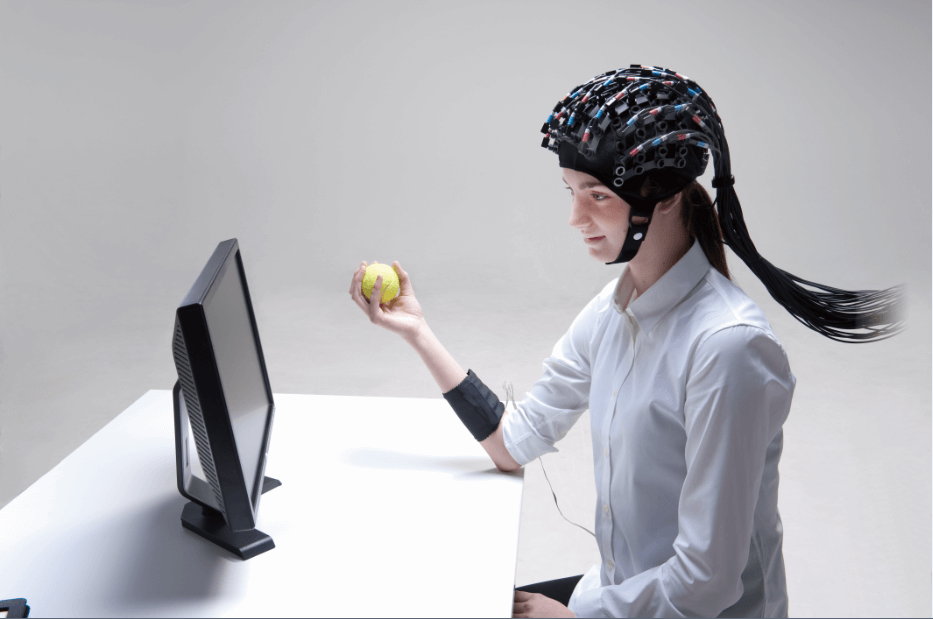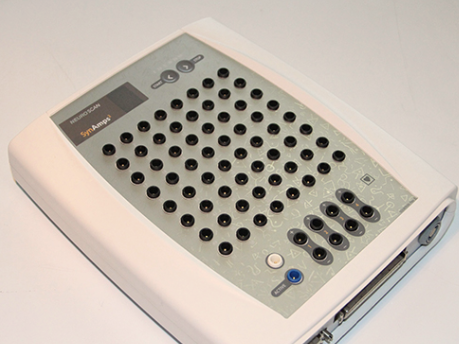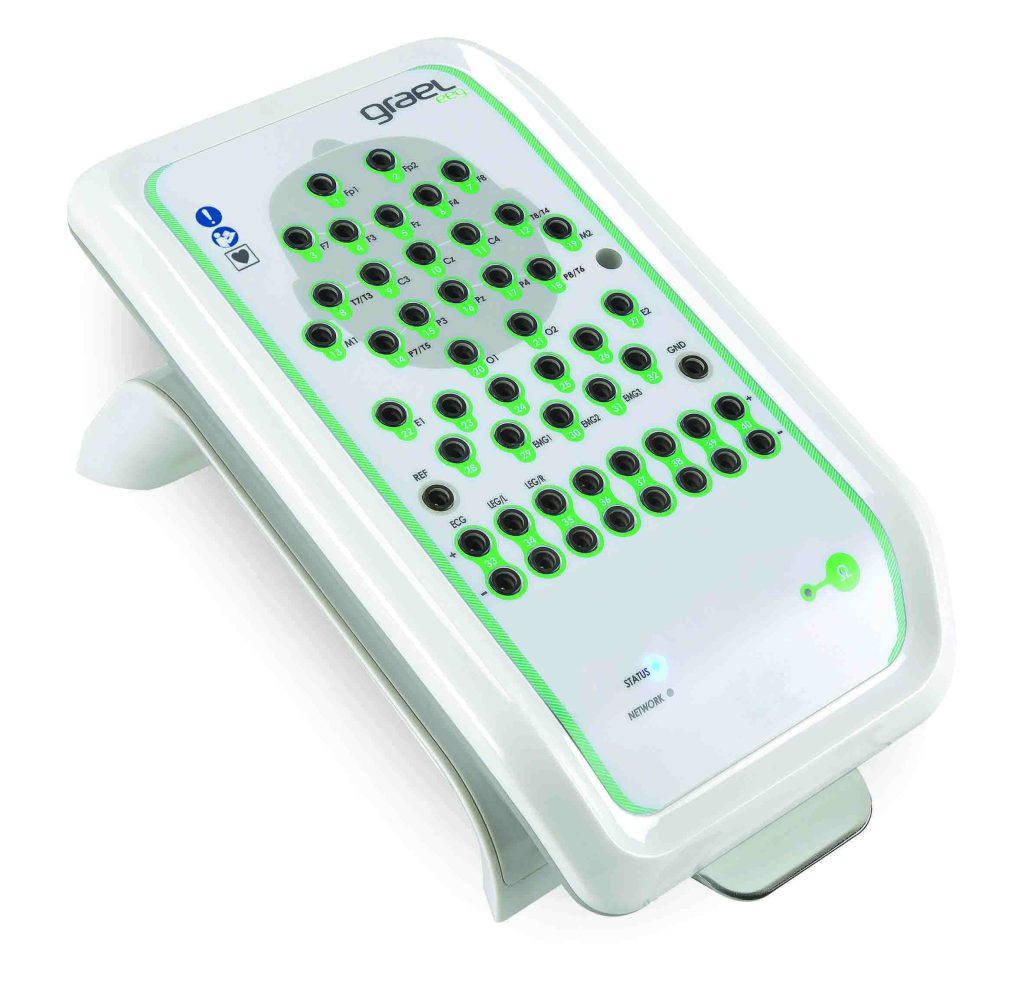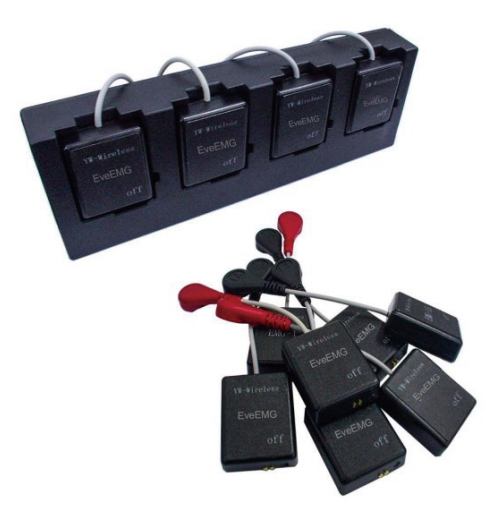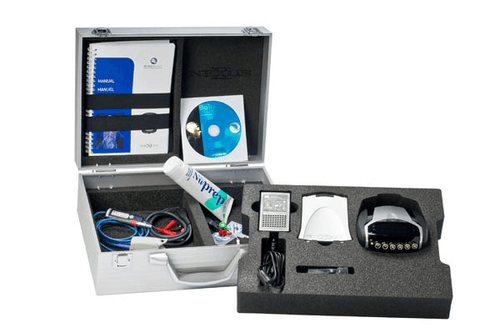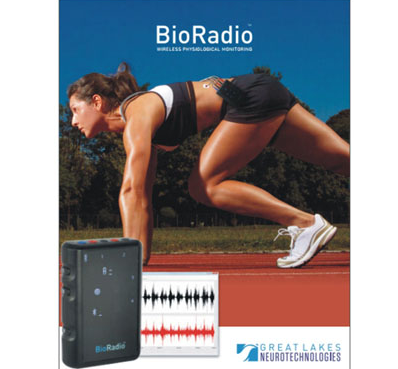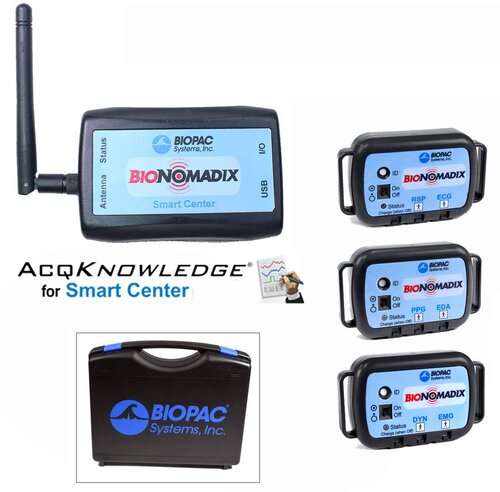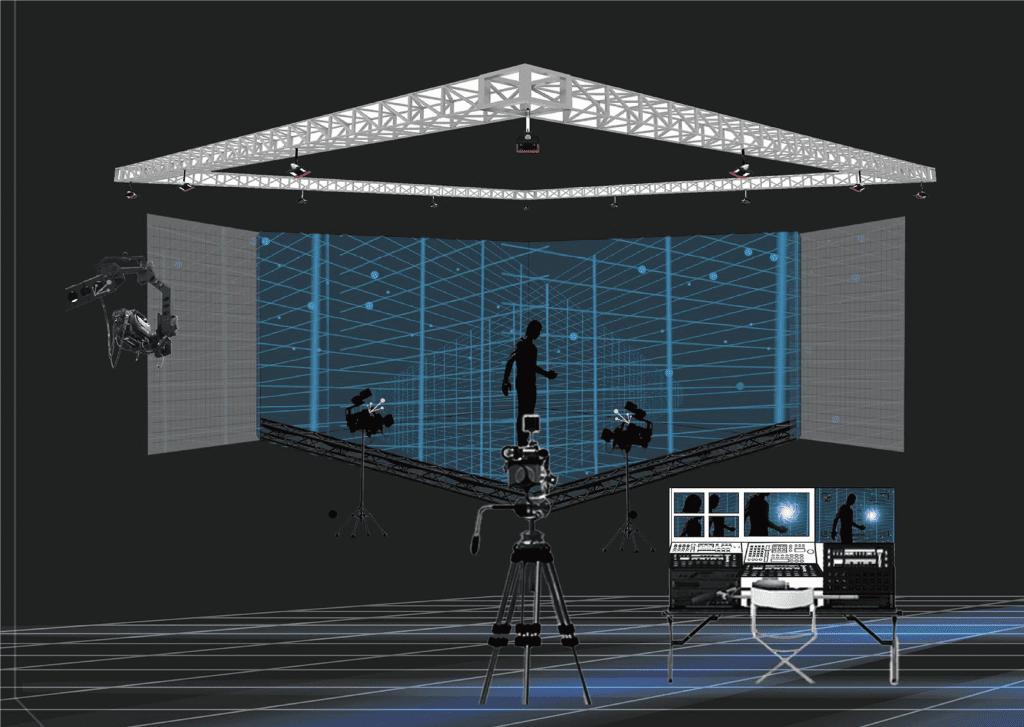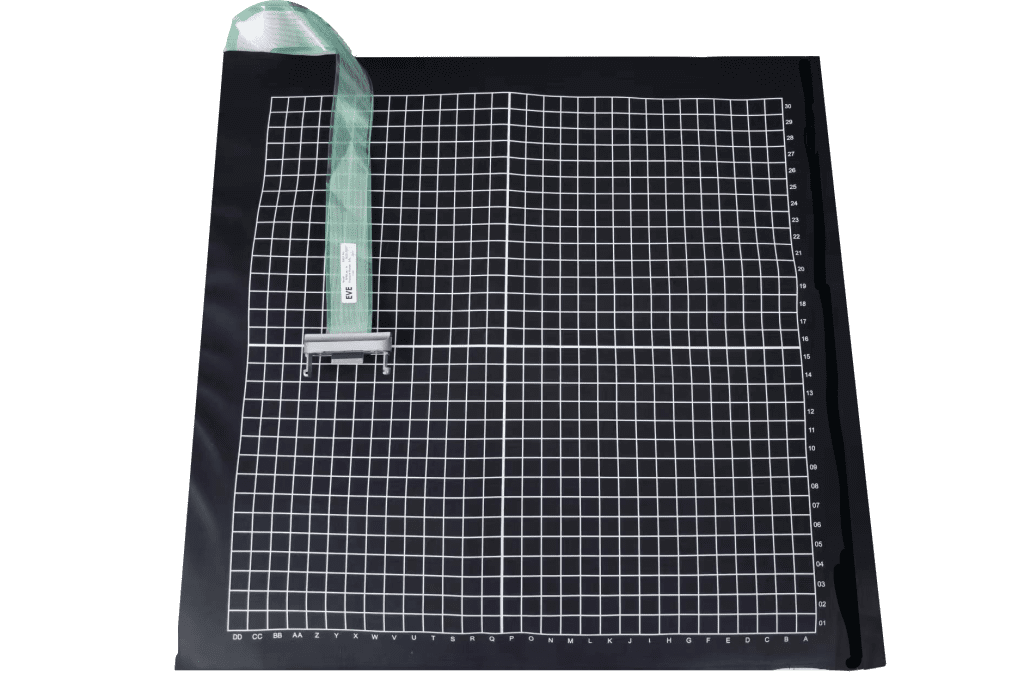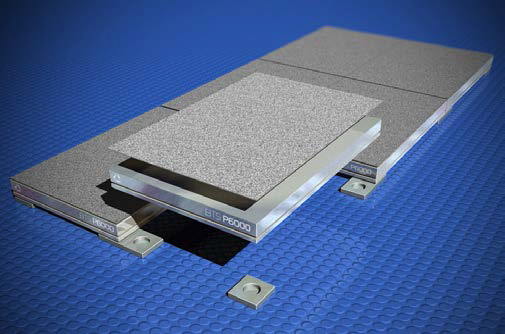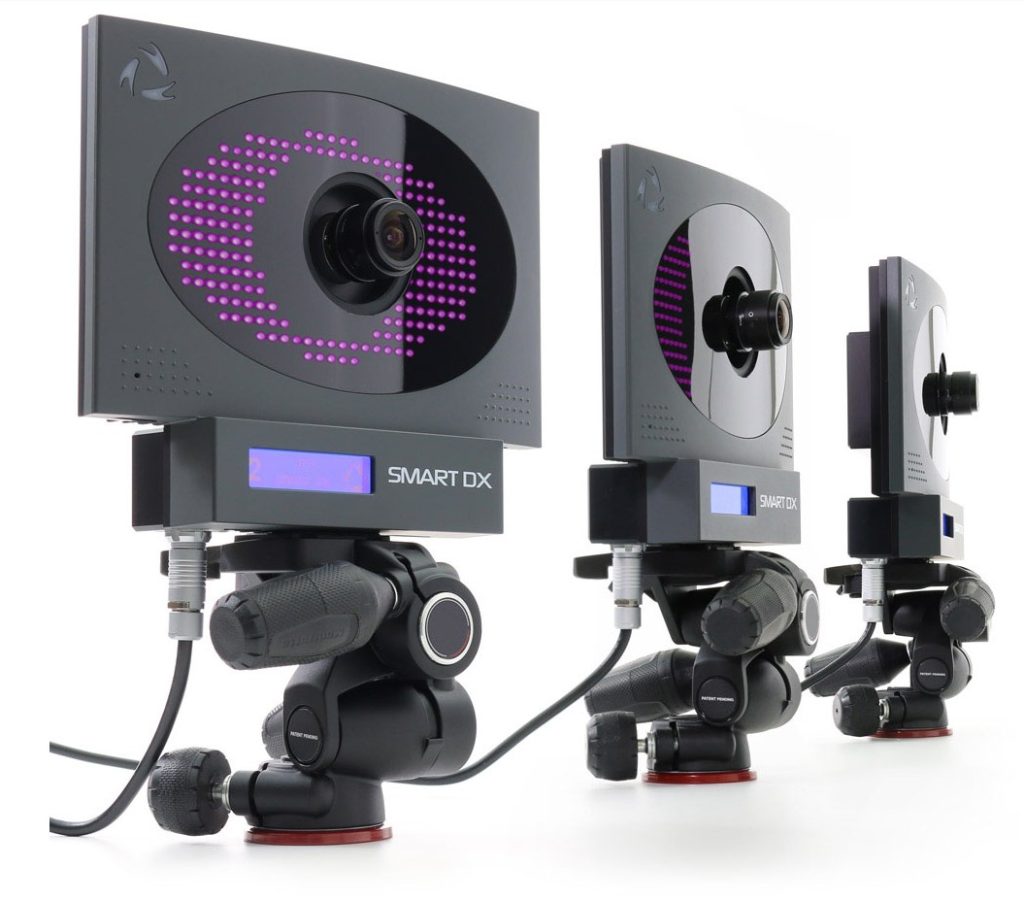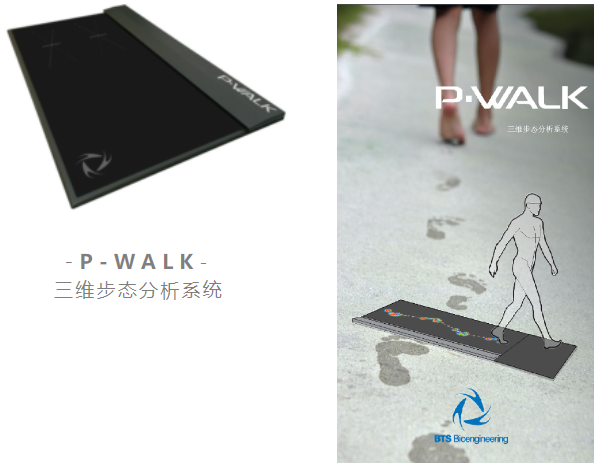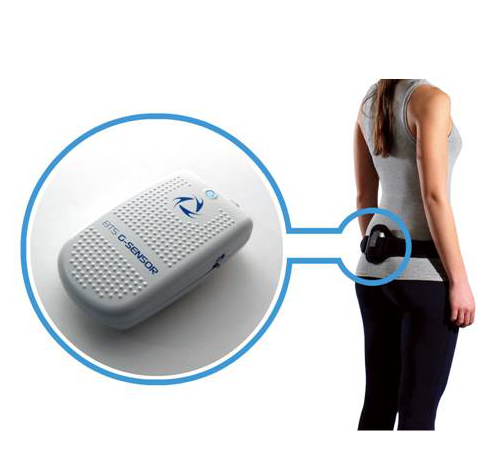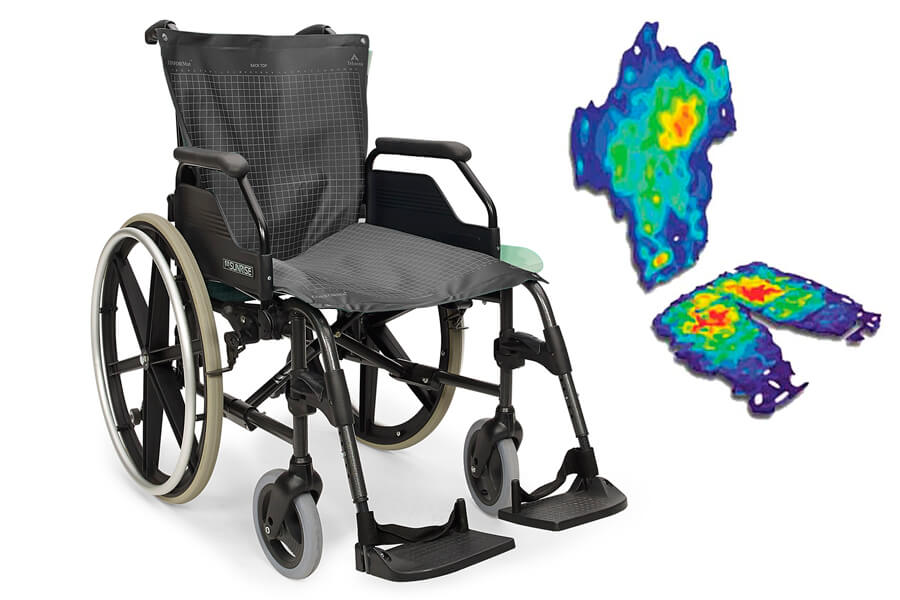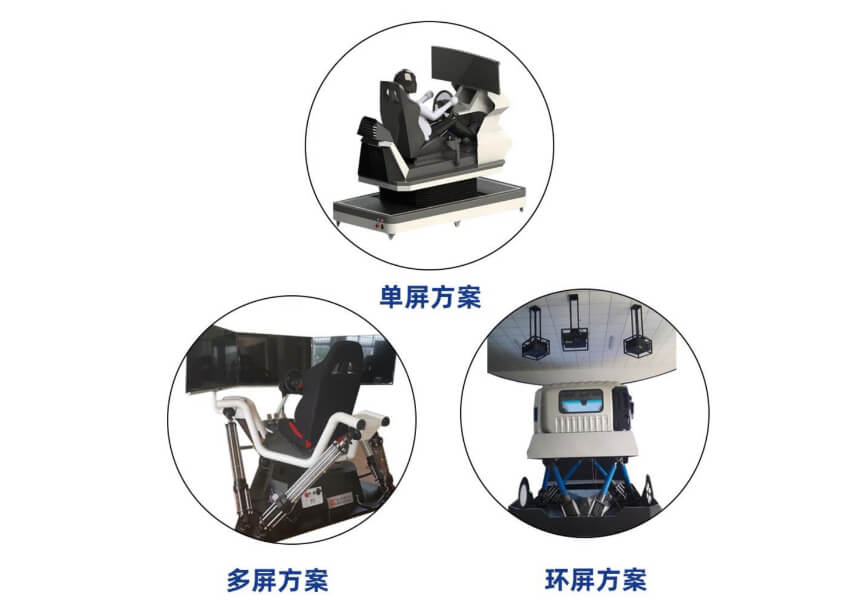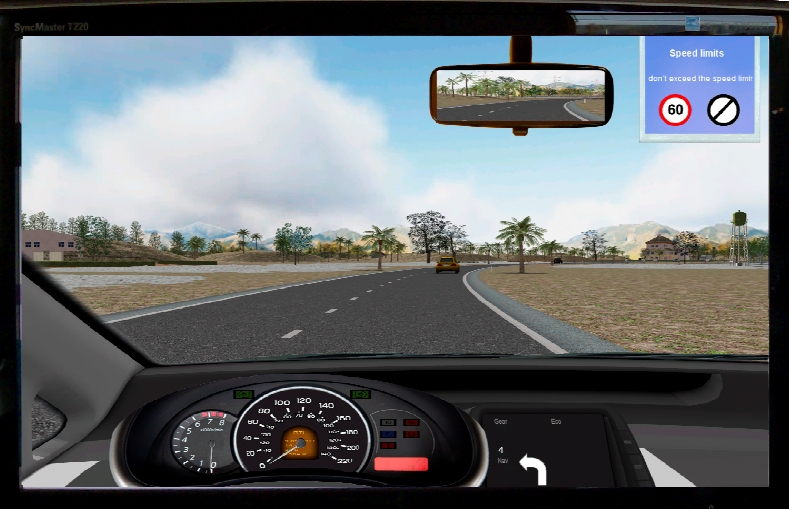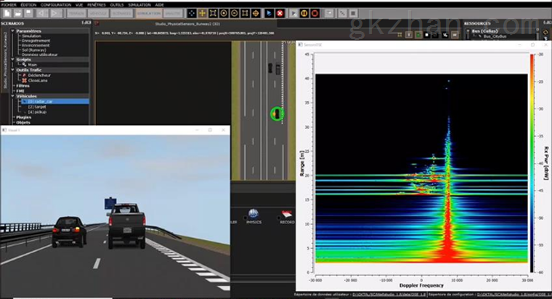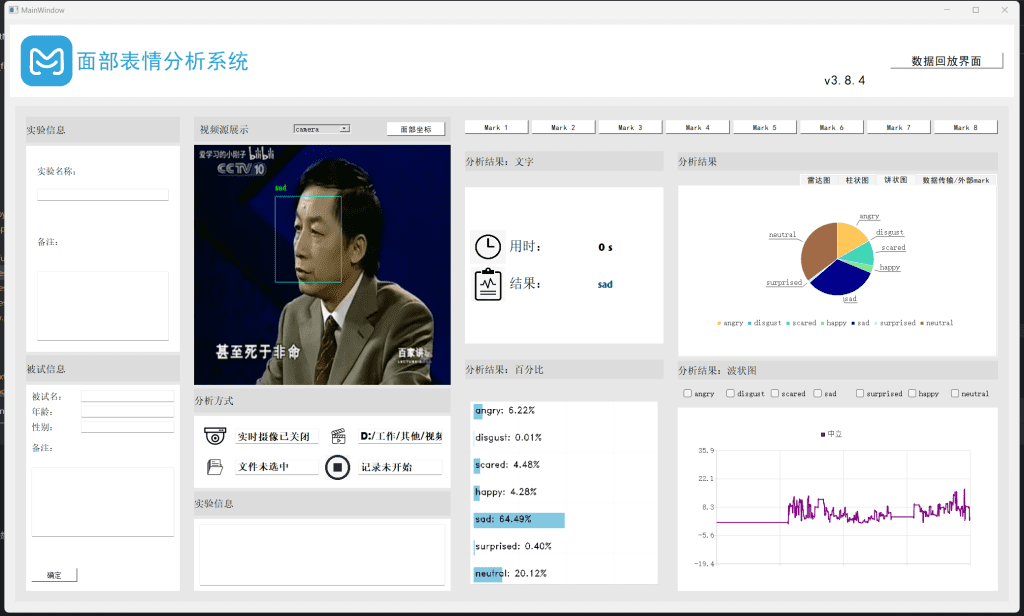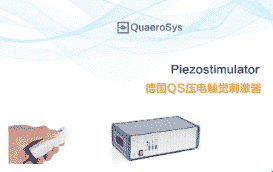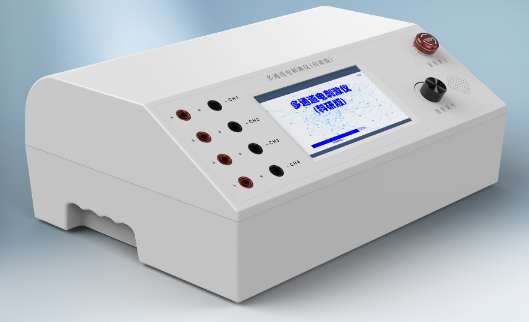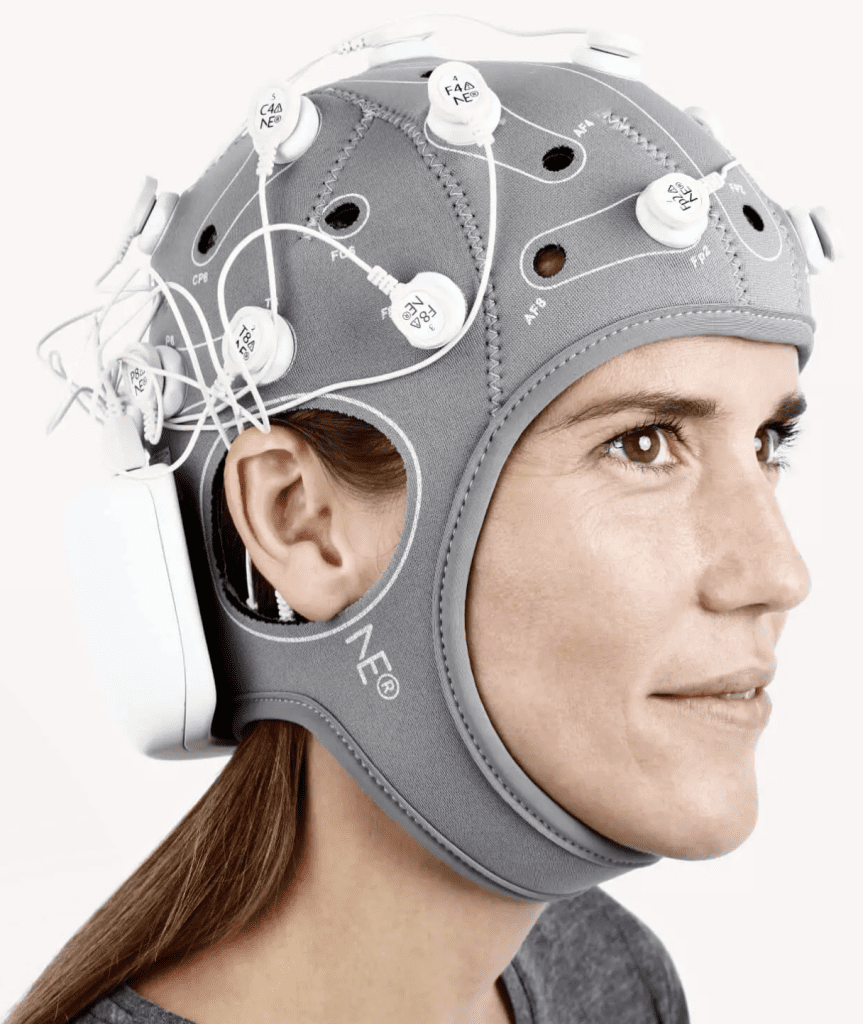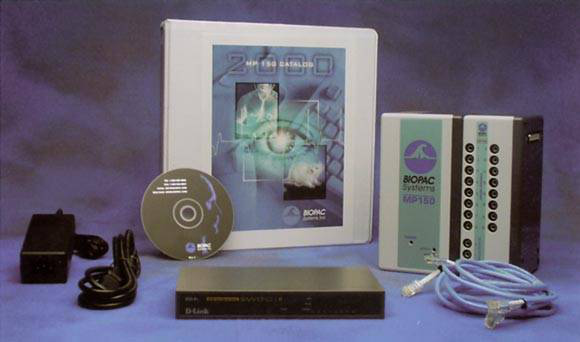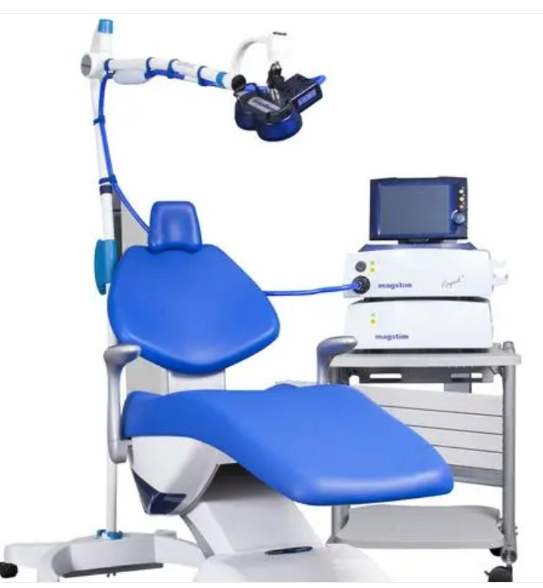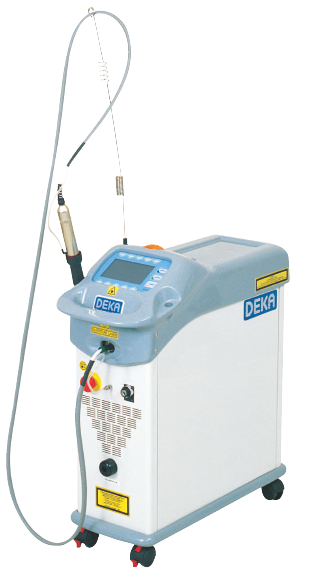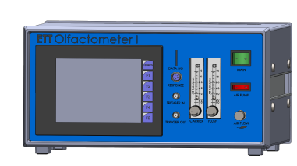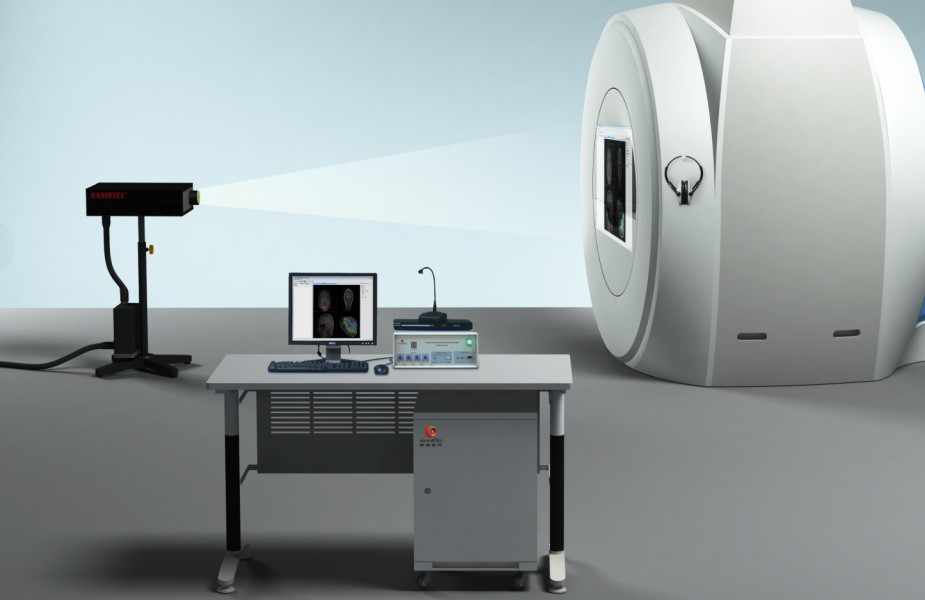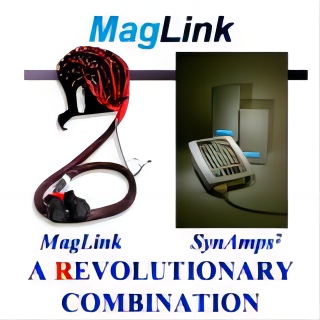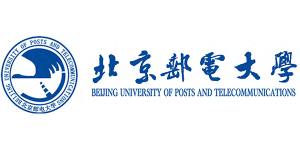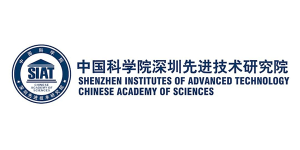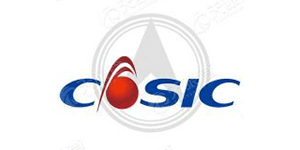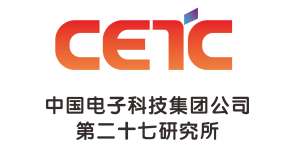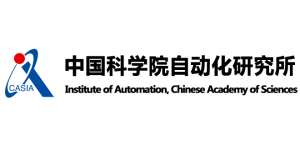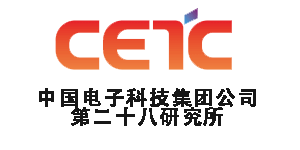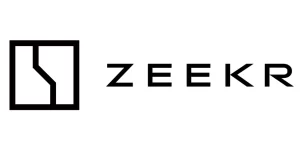1




Eye Movement Series Phase I - Early History of Eye Movement
1



Observation method - mirror refraction method
2



3



Observation method - peephole method
4



Observation method - Microscope method
5
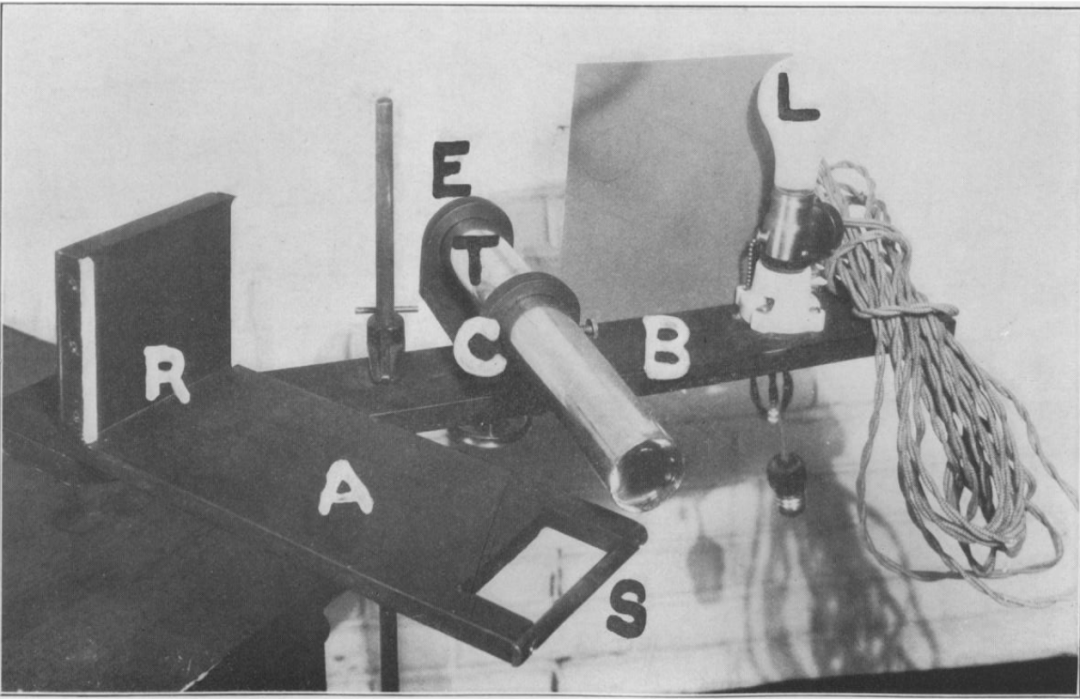


Observation method - Posterior image method
6
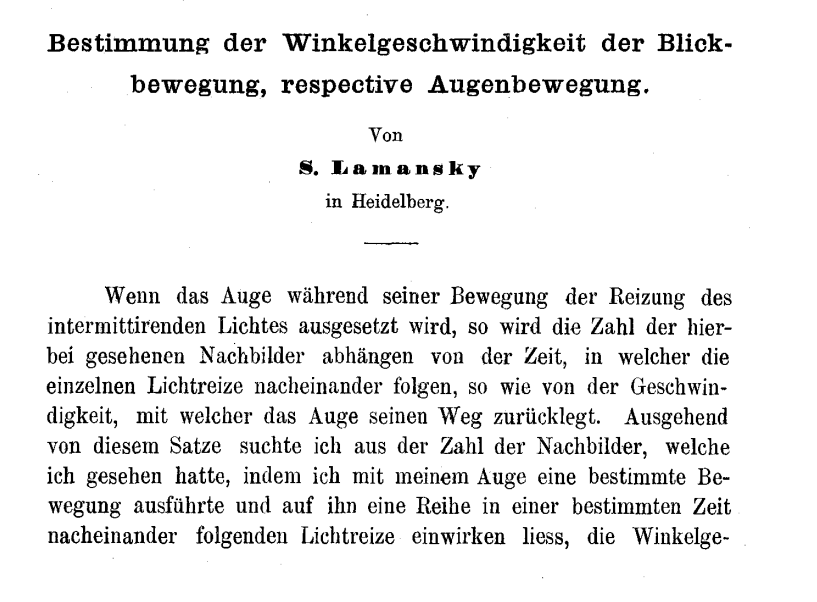


Concluding remarks
7




References
Bell, C. (1823). On the motions of the eye, in illustration of the uses of the muscles and nerves of the orbit. Philosophical Transactions of the Royal Society of London (113 ), 166-186.
Carter, B. T., & Luke, S. G. (2020). Best practices in eye tracking research. International Journal of Psychophysiology, 155, 49-62.
Javal, E. (1878). Essai sur la physiologie de la lecture. Annales d'Ocilistique, 80, 97-117.
Landolt, E. (1891). Nouvelles recherches sur la physiologie des mouvements des yeux. Achives d'ophthalmologie, 11, 385-395.
Freeman, F. N. (1916). Experimental Education: Laboratory Manual and Typical Results. Houghton Mifflin.
Miles, Walter (1928). The Peep-Hole Method for Observing Eye Movements in Reading. The Journal of General Psychology, 1(2), 373-374. doi:10.1080/ 00221309.1928.9920134
Yan G. L., Bai X. J.. (2018). Fundamentals and Applications of Eye Movement Analysis Techniques. Beijing: Beijing Normal University Press.
Newhall, S.M. (1928).Instrument for observing ocular movements. The American Journal of Psychology, 40(4), 628-629.
Lamansky, S. (1869). Bestimmung der Winkelgeschwindigkeit der Blickbewegung, respective Augenbewegung. archiv für die gesamte Physiologie des Menschen und der Tiere, 2( 1), 418-422.



The driving human factors system, virtual reality graphical editing software, light environment psychological assessment system and psychological and human factors experimental teaching system developed by Hengzhi Technology have entered the domestic market.
As the sole agent of Poland Cortivision NIR, Russia Mitsar EEG in China, the sole agent of Italy BTS surface EMG and other biomechanical and gait analysis products in China, and the sole agent of Netherlands Noldus Behavioral Science, Sweden Tobii Eye Motion Instrument, Netherlands MindMedia Physiology and Biofeedback, US Biopac Physiology, US ETT The domestic licensed agent of products such as olfactory/taste stimulator. The high-tech products operated have served the top universities and the highest level of scientific research units in China, including Tsinghua University, Beijing Normal University, Northeast Normal University, Yanshan University, Qiyuan Laboratory, Xi'an University of Architecture and Technology, Northwest Agriculture and Forestry University of Science and Technology, Shenzhen University of Technology, Xi'an University of Science and Technology, Shanghai University, the Second Institute of Aerospace, 27 and 28 of China Electronics Technology Group, while providing technical support for ink Netease, Huawei technology to provide technical support, in the field of talent training, scientific research cooperation, transformation of results and other scientific and technological areas of continuous in-depth cooperation.



This article comes from the WeChat public number: EVERLOYAL

